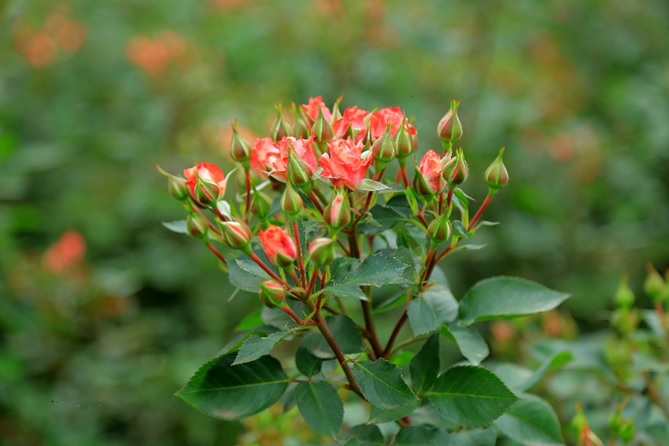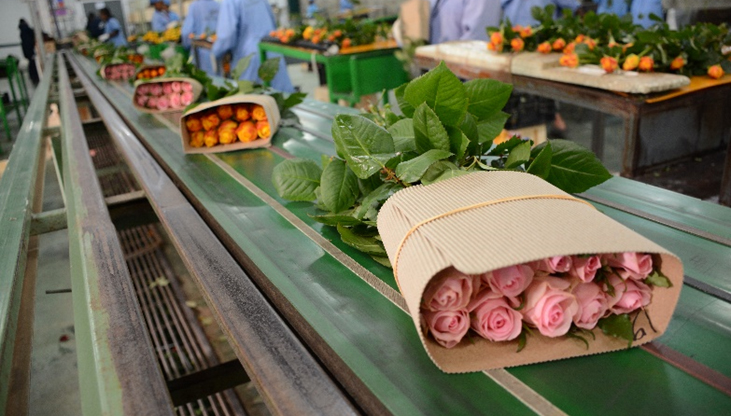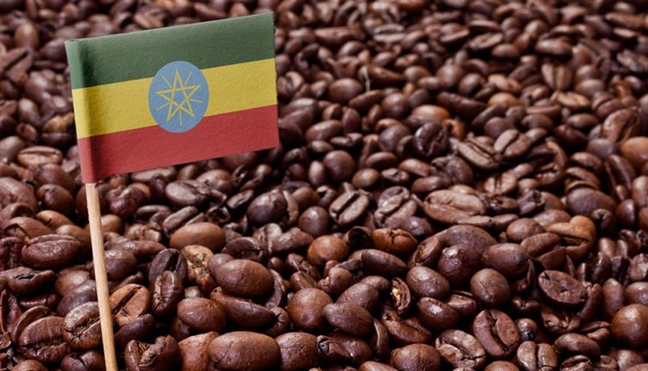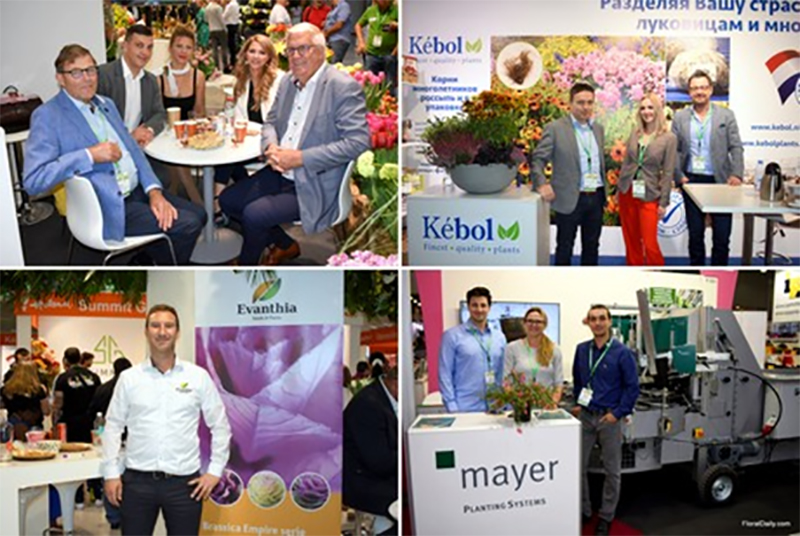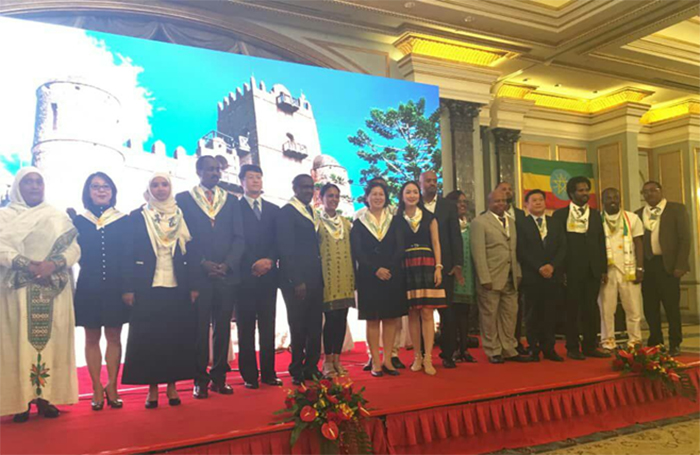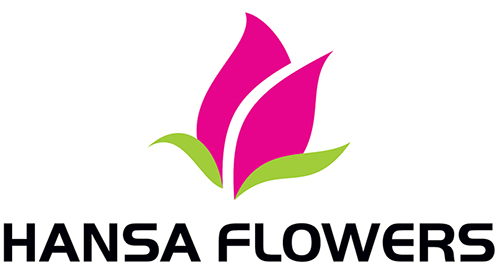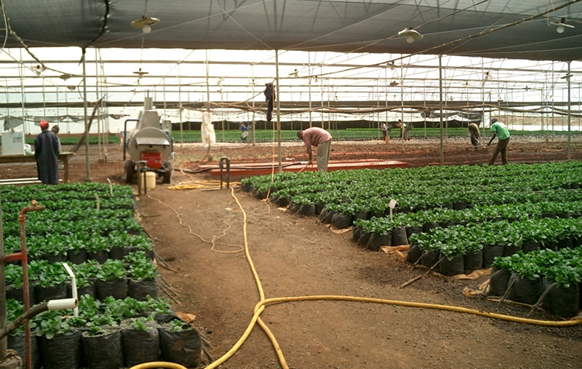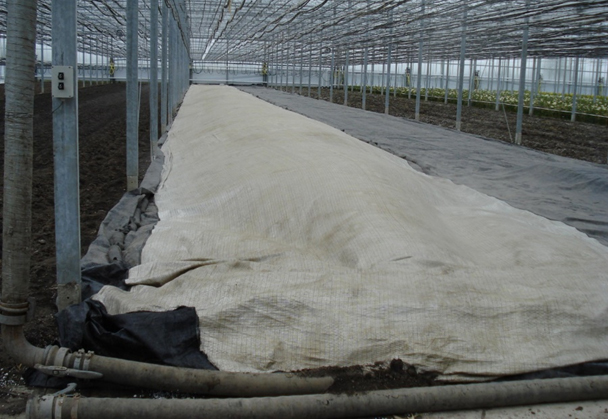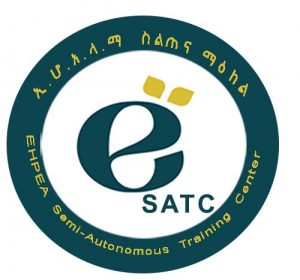MASHAV received a senior delegation headed by Ethiopia's Deputy Minister of Agriculture, Sani Redi Ahmed. Following a study tour organized by MATC – MASHAV Agricultural Training Center, the parties met to evaluate the ongoing Smallholder Horticulture Project held in Ethiopia in cooperation with USAID Ethiopia. As part of this program professionals from Ethiopia have been also taking part in a tailor-made course on “Avocado Crop Value Chain” early this week.
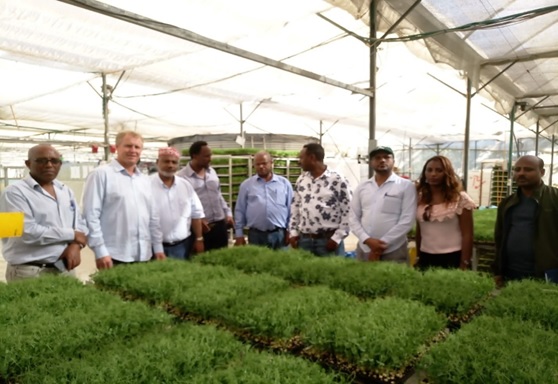
The training program was held in the framework of the long term joint cooperation program between USAID Ethiopia, MASHAV and the Ethiopian Ministry of Agriculture and Rural Development, aimed to develop a competitive and sustainable avocado sector.
The Smallholder Horticulture Project (SHP) implemented in four main regions – Amhara, Tigray, Oromia and SNNPR aiming to promote economic growth in rural areas through strengthening commercialization of smallholder farmers in horticulture production in areas with recognized production and market potential.
Currently the project is focusing on developing a competitive and sustainable fruit development sector focusing on establishing a base for avocado export market from Ethiopia. The project is able to promote Ethiopian Avocado in the international market for the last three connective years and the quality of Ethiopian Avocado is becoming competent in European and Asian markets.
The demand of improved avocado seedling is now increasing in the country and there is big interest from the government and the private sector (local and international) to plant /invest and produce Avocado for export market.
The project strengthen six big nurseries and created a capacity to undertake modern seedling production locally. Since then, the project has raised 536,706 grafted improved Avocado seedlings out of which 431,919 (78.46%) seedlings that can cover a total area of 1038.27 hectares have been distributed to 3562 farmers. In addition to this, a total of 500,000 rootstock seedlings are found grown in the project nurseries waiting for grafting in between January and May, 2019.

With regard to capacity building activities, the project has trained 127 nursery technicians out of which 80 of them are found working in the nurseries of the project areas and the rest 47 has already started their own private nurseries. Apart from this, more than 2000 farmers has been trained in different permanent fruit tree management practices such as seedling handling and transportation, field preparation for planting, planting methods, irrigation and other orchard tree management practices. It was also learnt that, local and oversea trainings were also given to 350 experts involving in the different project areas. The project has also imported and distributed 225,000 scion cuttings (Hass variety) to the different project nurseries in two rounds.



